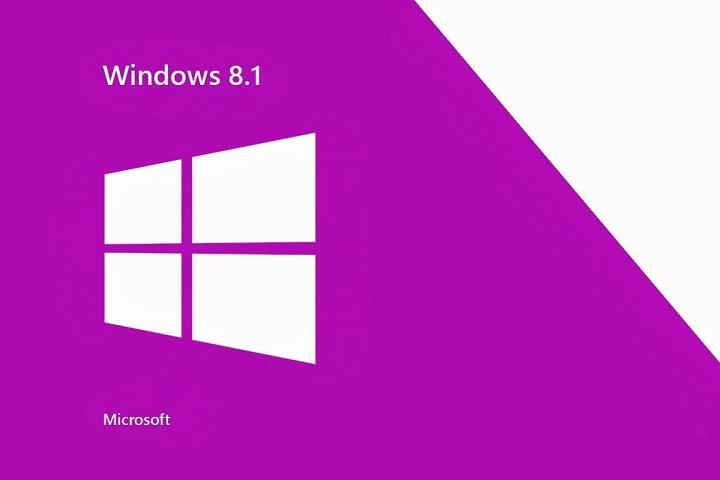
Meanwhile, XP dipped over a percentage point in the recent 30-day timeframe. As such, it yielded the silver medal it was so desperately clinging to, dropping to last place on the podium, with a 10.69 percent share.
Modest compared to, say, XP’s 19.3 score a year back, but still pretty solid for an OS that turned 13 in October. As for 8.1, StatCounter has been tracking its slow but steady progress for a while now, reporting monthly increases of below one percent since its inception.
The last couple of months have seen its growth accelerate from 8.07 percent in September to 9.31 in October and finally 10.95 now.
However, it seems highly unlikely 8.1 will ever catch up to Windows 7. Its market share is over 50 percent again, up from 49.66 in October and 49.51 in September.
Things aren’t looking encouraging for Windows 8.1 even if we sum up its figures with results posted by Win 8. The second freshest flavor of Microsoft’s dominant desktop OS barely sits at 4.9 percent, down from 5.94 a month ago.
In a different report, via Net Market Share, Windows XP holds a fragile lead over 8.1. But it’s only a matter of time until the latter will surpass the former with tablet and console web traffic out of the equation.
Net Market Share’s report also shows XP rapidly faltering, from 23.87 percent usage in September to 17.18 in October and 13.57 in November. Meanwhile, 8.1 enjoyed a jaw-dropping upsurge between September and October, from 6.67 to 10.92 percent, and now sits at 12.1.
Windows 7 comfortably leads Net Market Share’s ranks, picking up an extra 3 percent over the last 30 days and hitting a phenomenal 56.41 peak. Win 8 earned a measly half of percentage point or so, trailing 8.1 at 6.55 percent, followed by OS X 10.9 (2.79), OS X 10.10 (2.66), and finally, Windows Vista (2.65).
Editors' Recommendations
- How to download Windows 10 for free
- PC gamers — Windows 7, 8, and 8.1 are officially dead
- You can finally run Windows 11 natively on an Apple silicon Mac
- Lenovo ThinkPad X13s vs. MacBook Air M1: An ARM wrestle showdown
- Dell XPS 13 2-in-1 vs. Surface Pro 8: New competition


